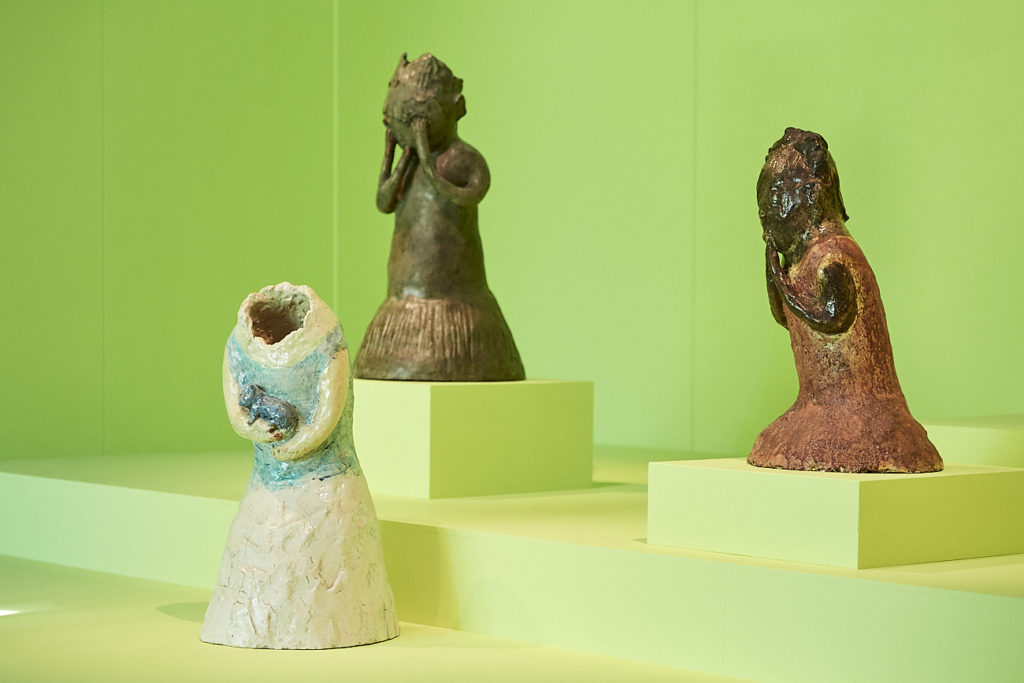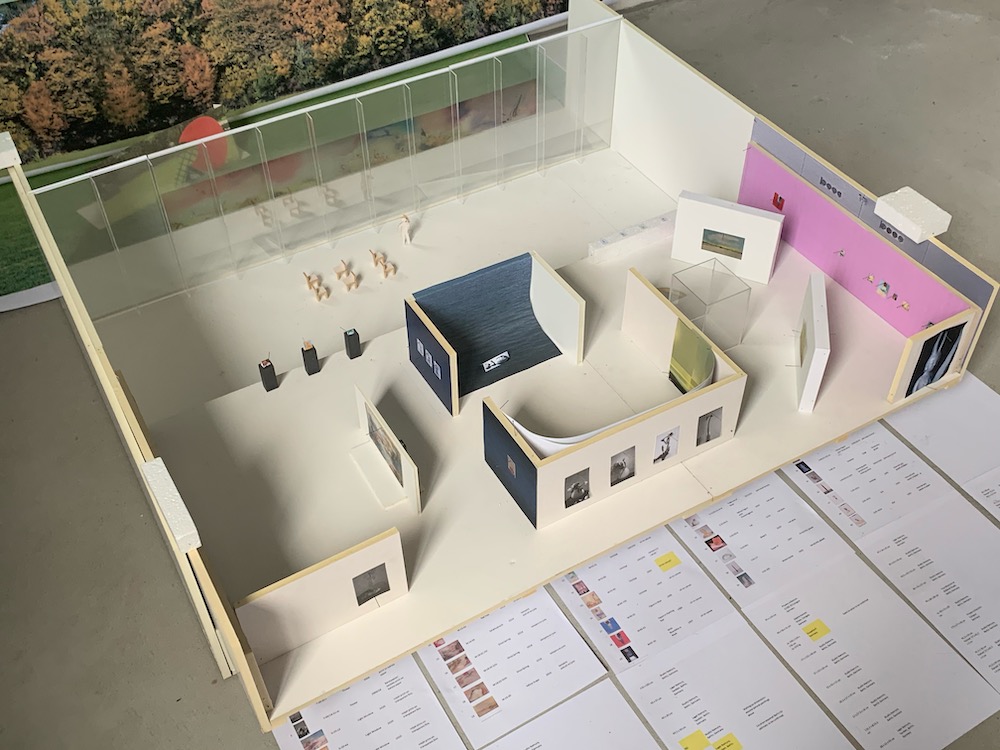Leiko Ikemura’s first UK retrospective, which opened at the Sainsbury Centre in July, was organised remotely over lockdown – as a wonderful collaboration between Ikemura, her partner Philipp von Matt and his architects’ studio, and the Centre’s curatorial team. At its heart, however, is a sense of connection.
“Special world”: Leiko Ikemura’s Usagi in Wonderland connects humanity and nature
The Japanese-Swiss artist’s new exhibition at the Sainsbury Centre combines sculptures, paintings and photographs that represent the “circle of life”

Leiko Ikemura, Sinus Spring, 2018. © Leiko Ikemura and VG Bild-Kunst 2021. Photo: Jörg von Bruchhausen
The show offers unprecedented insight into 30 years of Ikemura’s practice told through 50 representative works. The Japanese-Swiss artist is best known for her ethereal landscapes and female figures, who are often depicted transitioning between human and animal form.
She works in a wide variety of media, explaining that “each medium has its own possibility, but also limitations. Instead of struggling with these problems, I started to go playfully to the others.” Usagi in Wonderland, which brings together sculptures, paintings and photography, shows how the artist creates a “special world” that centres around the interconnection between all living things.

The exhibition, as with so many over the past 18 months, has gone through many changes as a result of the pandemic. Initially planned for the lower floor of the museum prior to the first lockdown in 2020, it was moved to the mezzanine gallery space – and the number of exhibits had to be reduced by almost half.
It was “condensed to the very essence of the anticipated exhibition,” von Matt says. The move to the new space turned out to be a positive one, though, as the pair were greatly inspired by Norman Foster’s architectural work. “It’s kind of a ‘between’ space and you have direct contact with nature,” Ikemura says. “Symbolically, it’s interesting.”

Owing to the travel restrictions, the redesign and new planning had to be done remotely from their studio in Berlin, and yet nothing was spared in regards to detail. Ikemura and von Matt created, for example, a model of the mezzanine gallery that could help them map out the interaction between visitors and the space. Within this model was a view of the sculpture park, an integral consideration for a show focused on the hybridity between humans and nature.

Encapsulating many of the show’s themes is Usagi Kannon, a hybrid sculpture of a female buddha figure and a rabbit that will join the Centre’s Sculpture Park this autumn. Ikemura explains that the work, which played into the title of the exhibition, was created in response to the Fukushima nuclear disaster and inspired by a rabbit she had seen in a documentary that was born without ears as a result of the radiation.
“I thought I would like to dedicate myself to the people who lost their lives, to their relatives and also to the animals that died,” she says. For Ikemura, the piece symbolises the “importance of all living creatures” and “our responsibility to the environment” – the figure also wears a skirt that represents a “shelter” for all life. She adds: “I think we are at a turning point. As an artist, I [try to] create things that can touch an audience.”
Leiko Ikemura: Usagi in Wonderland runs until 12 December. Usagi Kannon will be installed in the Sculpture Park from November

